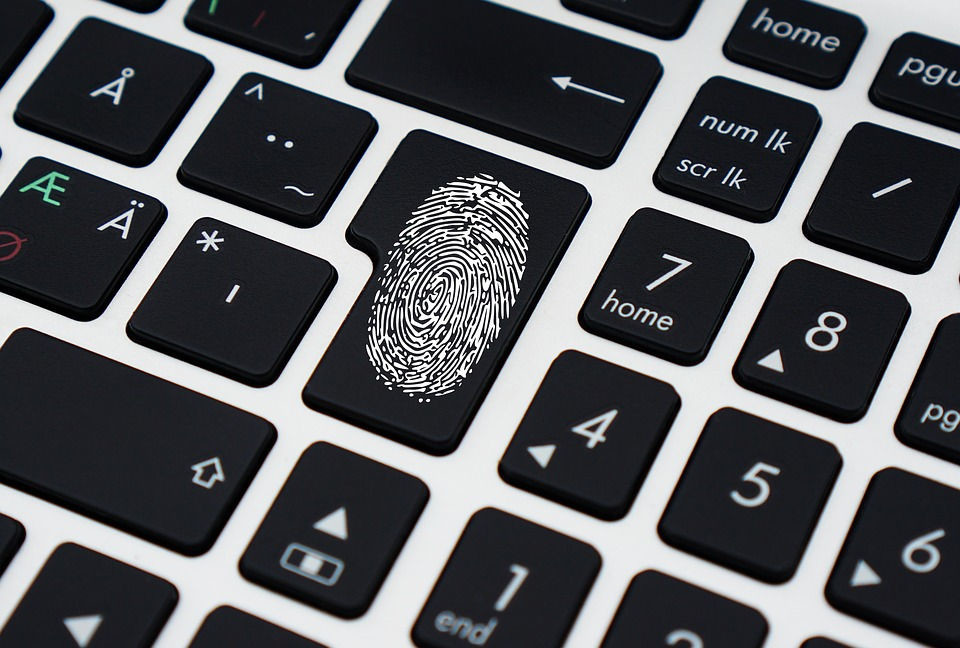
The obligation to sign and maintain work schedules available to workers can be a problem for many organizations. The largest have long since access controls that in turn serve to keep a time control. But the small ones is already a different issue. That’s why we’re going to look at x solutions to keep employees’ time records without going crazy .
Because no matter how small the company is, unless you have a minimum turnover of personnel, it may not be as simple as it seems. If we add to this work shifts, losses that have to be covered, etc. the thing can be complicated much more than expected.
 Biometric or proximity solutions, your footprint is irreplaceable
Biometric or proximity solutions, your footprint is irreplaceable
For companies that have an office or central office where workers go every day to start their day as indicated is a biometric or proximity solution . It is a hardware, a fingerprint reader or cards, in which the worker will have to indicate the entry and exit of the company’s facilities.
This registration will remain within the reader and is managed through software, so that the company has the records, can handle incidents that arise, (an employee who leaves without signing the exit) and guarantees the protection of data in case of that the fingerprint is used to sign. The use of the footprint ensures that another employee can not make the entry or exit of a partner.
The great advantage of this solution is its cost, which is amortized faster as the number of workers increases . Its great disadvantage is usually in mobile workers or teleworking, since you can not go to the office to make the transfer.
IT solutions, perfect for companies with users in mobility
This lack is what comes to cover computer applications . It is usually a suitable solution for those users who work in front of a computer or have a mobile phone with the signing app installed.
Normally, the entry and exit of work is recorded by means of a code. Then, depending on the application, it will allow us to do more or less things. There are those that help us keep track of hours for projects, in addition to the signings, management and request for vacations and days off, geolocation for mobile employees, etc.
Its great disadvantage with regard to a specific hardware for signing by footprint or proximity is the cost. As the number of employees increases, it is more complicated, and much more expensive for the company, to maintain a system of this type. An example would be for a company of 50 employees a cost of between 200 to 800 euros per year , depending on the functionalities of each one.
Spreadsheet and signature, rudimentary but effective
Finally we have a rudimentary but effective system, which consists of reflecting in a spreadsheet the daily hours of each worker, along with his signature . The problem with this system is that it is too manual. At a time when companies are trying to run away from paper, it may not be the most appropriate.
It is suitable for small businesses that have fixed hours. For example, a micropyme of 7 employees that all work from Monday to Friday from 9 to 5. It is not necessary to sign the hours every day , but it would be enough to do it once a month, along with the payroll for example.
An alternative to digitize this rudimentary time control would be to give the worker a PDF that he signed digitally through his electronic certificate. Otherwise, just as the signed payrolls are saved, the hours carried out can be saved.
There is no system that is infallible, but the truth is that if it is implemented it will mean an increase in bureaucratic tasks for human resources departments. For the worker will not change much, since the companies that abuse them will force them to sign the hours they want, not the ones they have actually done, which will be in the same situation if they want to continue working.